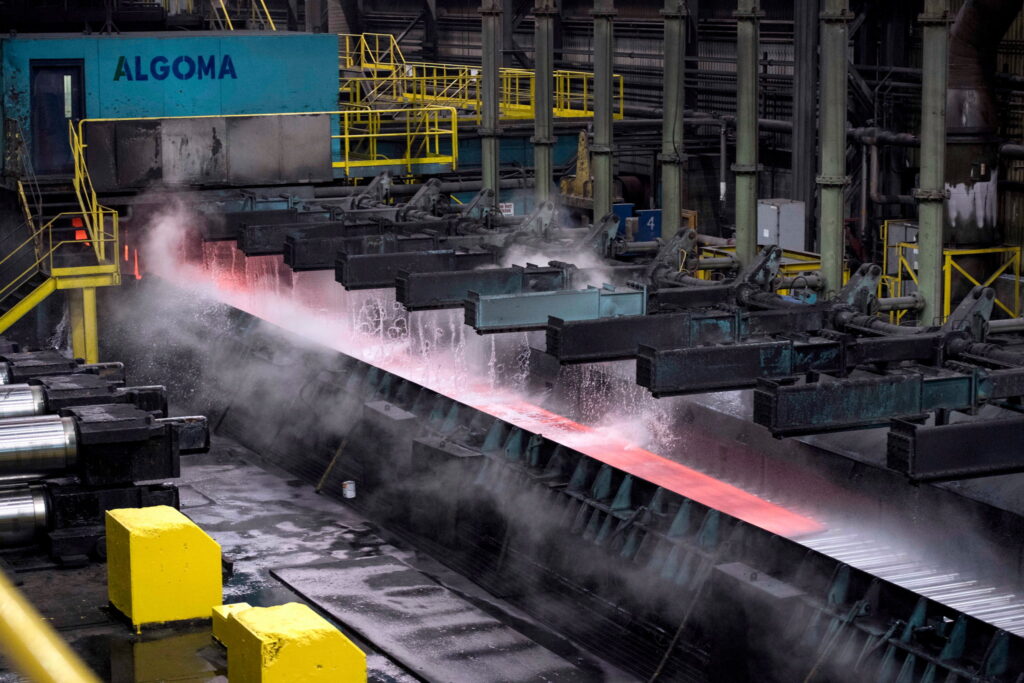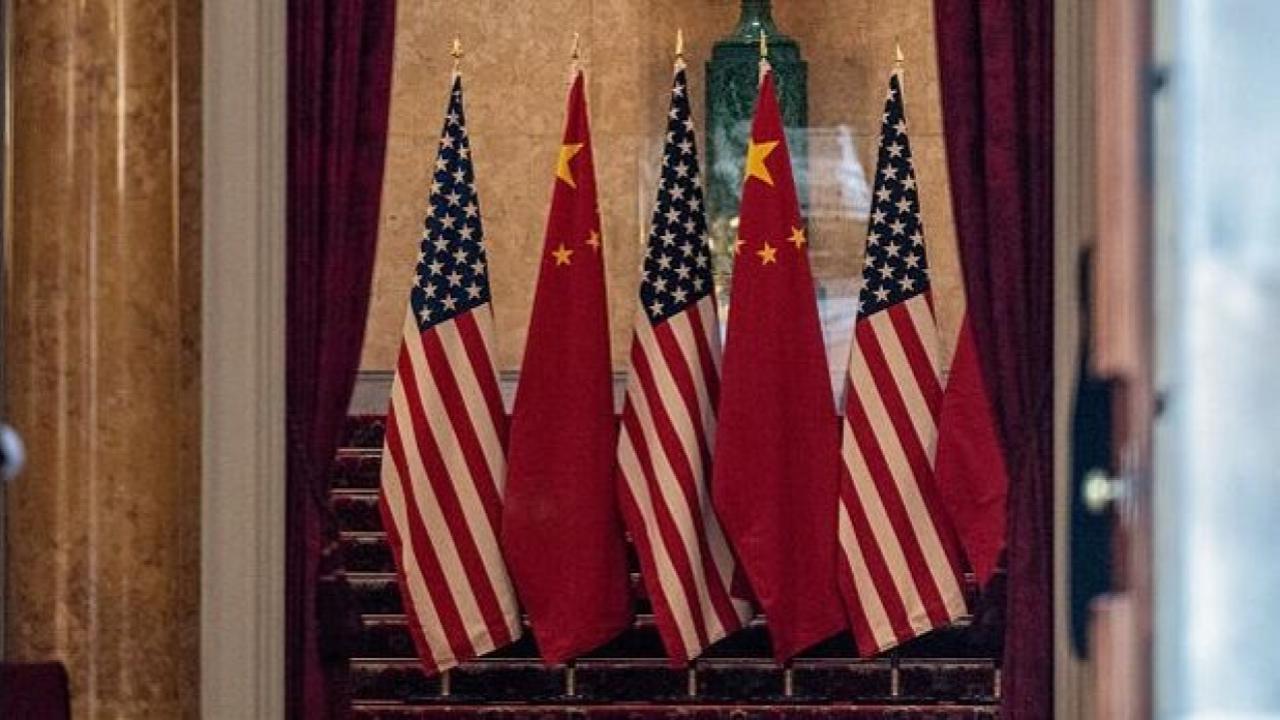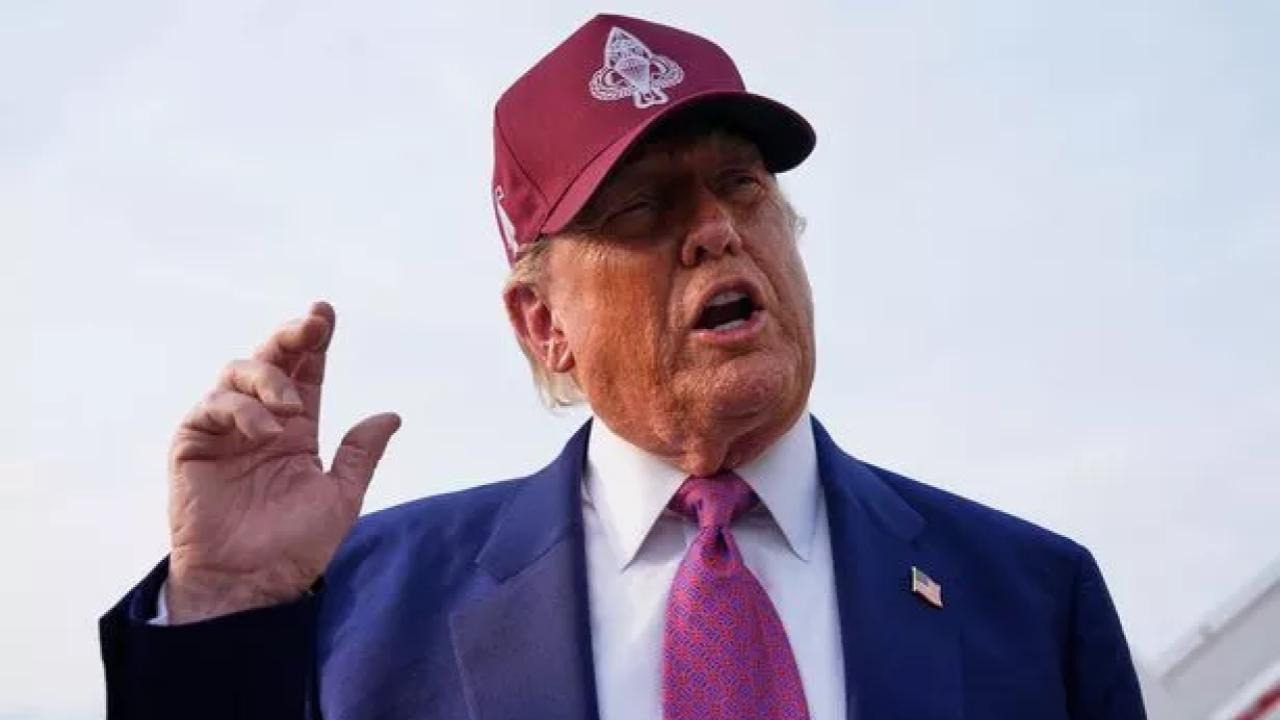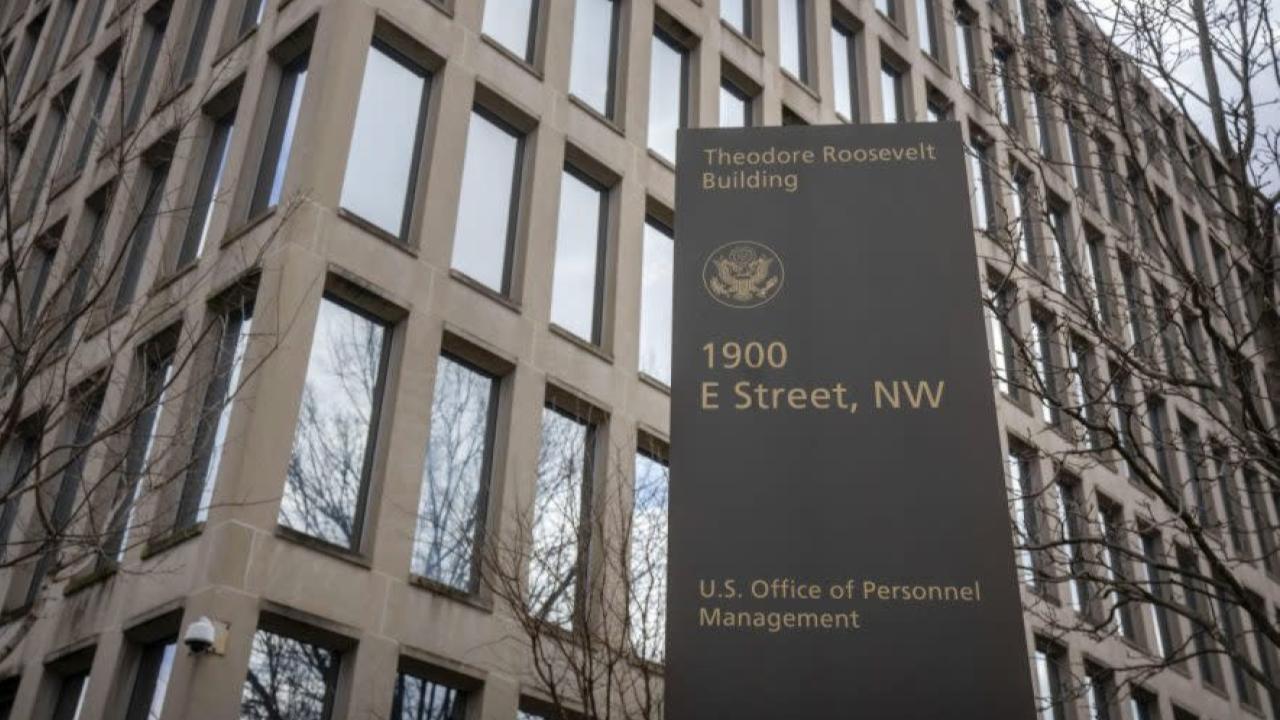A long-simmering trade standoff between the U.S. and Mexico may finally be cooling. Officials from both sides are nearing a breakthrough deal that would slash steep U.S. steel tariffs on Mexican imports while introducing a new quota system to keep volumes in check. For industries across North America, this could mean cheaper steel and a more stable supply chain.

U.S. and Mexico Poised to Slash Steel Tariffs and Limit Imports
| Takeaway | Stat |
|---|---|
| Mexico was the U.S.’s third-largest steel supplier in 2024 | 3.52 million net tons |
| The U.S. imposed 50% tariffs on Mexican steel in 2025 | Expanded from a 25% baseline |
| Mexico’s steel exports dropped 16% in 2024 due to tariffs | Down from 4.2M to 3.52M net tons |
This steel trade deal could be a big win for both sides—lower prices and more predictable supply chains for the U.S., restored market access for Mexico, and a reasonable ceiling that protects domestic producers. It’s not a silver bullet, but it’s a smarter balance than the sledgehammer of across-the-board tariffs.
What’s in the Deal?
At the heart of the proposal is a two-part compromise: significantly reducing or eliminating the 50% Trump-era steel tariffs for Mexican exporters—but only up to a set volume. Beyond that limit, the full tariff kicks back in.
Sources familiar with the matter say the quota could be set around 4 million metric tons annually, based on historical averages. That would allow more Mexican steel into the U.S. without duty than under the previous quota, which capped imports around 2.3 million metric tons in 2024.
Essentially, it’s a “give and take”: less tariff pressure in exchange for predictable volume control.
Why Mexico Pushed Back
Mexico has long argued that the tariffs are both unfair and economically harmful.
In 2024, Mexico shipped 3.52 million net tons of steel to the U.S.—a 16% drop from the year prior. Economy Minister Marcelo Ebrard said the tariffs have hurt Mexican jobs and disrupted key sectors like construction and auto manufacturing. He also warned of possible countermeasures if talks fail.
“Mexico should not be penalized for abiding by trade rules,” Ebrard said in a recent press conference. “These tariffs are a threat to regional supply chains.”

Why the U.S. Is Reconsidering
The 50% steel tariff was a policy holdover, originally part of the Trump administration’s broader national security trade strategy. When it was reimposed in 2025, officials cited concerns about transshipment—Chinese steel being routed through Mexico to avoid tariffs.
But as a U.S. trade analyst who previously worked with the Department of Commerce, I can say firsthand that these kinds of blanket tariffs often overshoot the mark. They punish compliant trade partners alongside bad actors. A quota system makes more sense if the goal is to ensure fair competition without throttling supply.
Commerce Secretary Gina Raimondo is reportedly leading negotiations, but any deal will ultimately require President Trump’s signature.
Who Gains (and Who Doesn’t)
This deal, if finalized, could strike a rare balance in trade policy.
| Group | Impact |
|---|---|
| U.S. manufacturers | Lower steel costs for sectors like construction, autos, and appliances |
| Mexican steel mills | Restored access to U.S. buyers without the full 50% penalty |
| U.S. steel producers | Still protected by quota ceilings; overshoots face high tariffs |
Steel buyers are already reacting positively. Companies like Nucor, Cleveland-Cliffs, and Steel Dynamics have seen stock bumps and drops tied to tariff news over the past week, according to Bloomberg.
What Happens Next?
Negotiations are ongoing, and a final announcement could come as soon as this week. If it’s signed, the new system could go into effect within 30 days.
If talks collapse, Mexico has already said it will impose countermeasures. That could mean retaliatory tariffs on U.S. exports like corn, pork, or autos—raising costs for American farmers and consumers.






